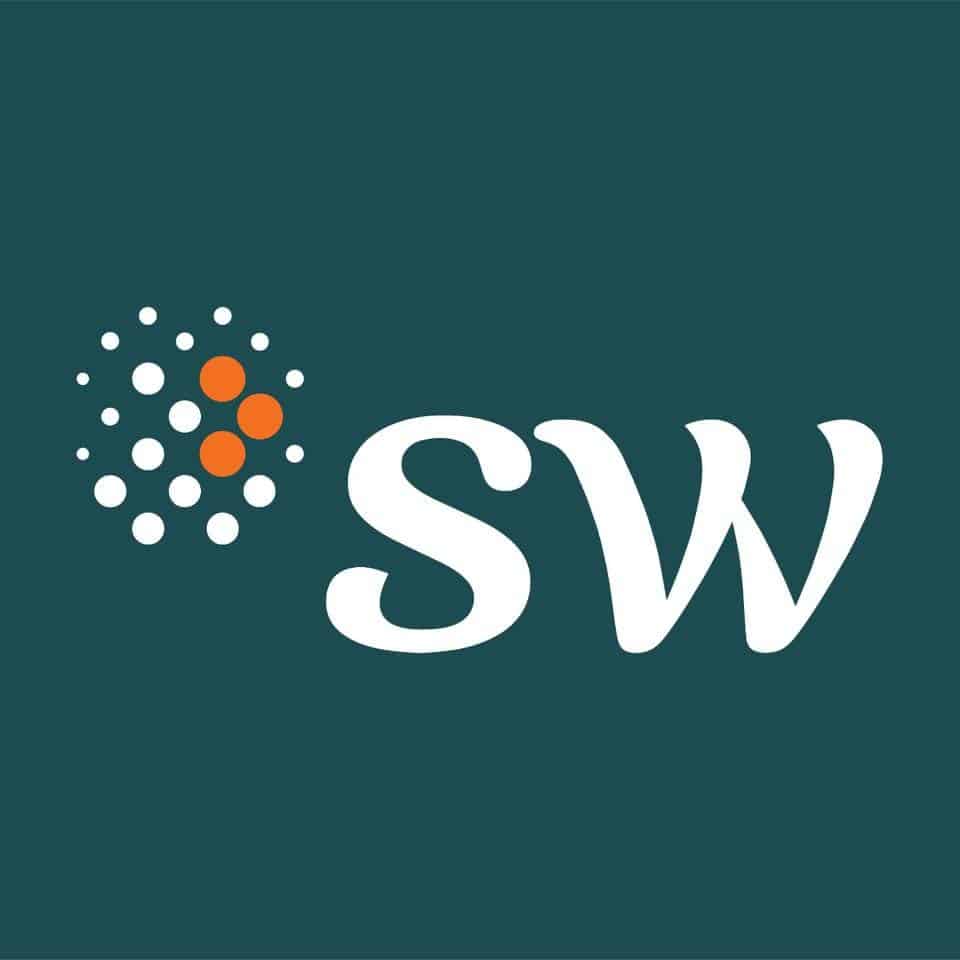ABSTRACT
This paper discusses PSAK 219, the Indonesian Financial Accounting Standard for employee benefits, which covers post-employment, termination, and short-term benefits. PSAK 219 introduces more accurate actuarial methods for valuing employee benefit obligations, emphasizing realistic economic and demographic assumptions. The standard classifies benefits into four categories: short-term, other long-term, post-employment, and termination benefits. It enhances recognition, measurement, and disclosure requirements to improve transparency and reliability of financial statements. Companies must now provide detailed disclosures and collaborate with actuarial experts. PSAK 219 also stresses risk management practices. This aligns with Indonesia’s employment laws, ensuring accurate reporting of employee benefit obligations.
PSAK 219 is the Indonesian Financial Accounting Standard that governs employee benefits, encompassing post-employment benefits, termination benefits, and short-term employee benefits. It outlines how companies should recognize, measure, and present employee benefit obligations in their financial statements.
PSAK 219 represents a significant update to employee benefits accounting in Indonesia. This new accounting standard places greater emphasis on the use of realistic assumptions regarding economic and demographic factors that influence the measurement of post-employment benefits.
This standard requires companies to use more advanced actuarial techniques in estimating the present value of future obligations. The objective is to enhance the recognition, measurement, and disclosure of employee benefits, particularly post-employment benefits such as pensions and severance payments.
PSAK 219 classifies employee benefits into four types:
- Short-term employee benefits are expected to be settled within twelve months after the end of the annual reporting period in which the employee renders the related service, include: wages, salaries, and social security contributions, paid annual leave and paid sick leave, profit-sharing and bonuses, non-monetary benefits.
- Other long-term employee benefits are expected to be settled more than twelve months after the end of the annual reporting period in which the employee renders the related service, include: long-term paid absences, long-service benefits, long-term disability benefits, profit-sharing and bonuses, and deferred remuneration.
- Post-employment benefits encompass retirement benefits such as pensions and other post-employment benefits.
- Termination benefits are distinct from other employee benefits because they arise from the employer’s decision to end the employment relationship, rather than from the employee’s length of service or contractual entitlements.
Several significant guidelines in PSAK 219 that assist companies in enhancing the transparency and reliability of their financial statements include:
- Recognition and Measurement of Liabilities
PSAK 219 introduces a more precise approach to measuring employee benefit obligations. Companies are required to consider various assumptions when determining the present value of future obligations. These assumptions must be based on relevant economic and demographic data to ensure accuracy.
- Enhanced Disclosure Requirements
This standard enhances disclosure requirements for employee benefits. Companies are now obligated to provide more detailed information about the characteristics of their employee benefit plans, including the assumptions used in actuarial calculations. This increased transparency enables stakeholders to better understand the financial impact of these programs.
- Risk Management
PSAK 219 emphasizes the importance of a more comprehensive approach to risk management in employee benefit programs. Companies are expected to be more proactive in identifying, assessing, and managing risks associated with these programs, including market, credit, and operational risks. Effective risk management helps reduce volatility in financial statements and optimize employee benefit costs.
Additionally, companies are required to establish closer collaboration with actuarial experts to ensure the accuracy of calculations in the recognition and measurement of employee benefits, as well as detailed disclosures in financial statements.
In Indonesia, employee benefits are governed by Law No. 6 of 2023 concerning Job Creation, which encompasses minimum wages, employment social security (BPJS Ketenagakerjaan), health insurance (BPJS Kesehatan), overtime pay, paid annual leave, sick leave and maternity leave, religious holiday allowances (THR), severance pay, and pensions. PSAK 219 Employee Benefits provides guidelines on how companies should recognize various types of employee benefits and the eligibility for their presentation and disclosure in financial statements.













